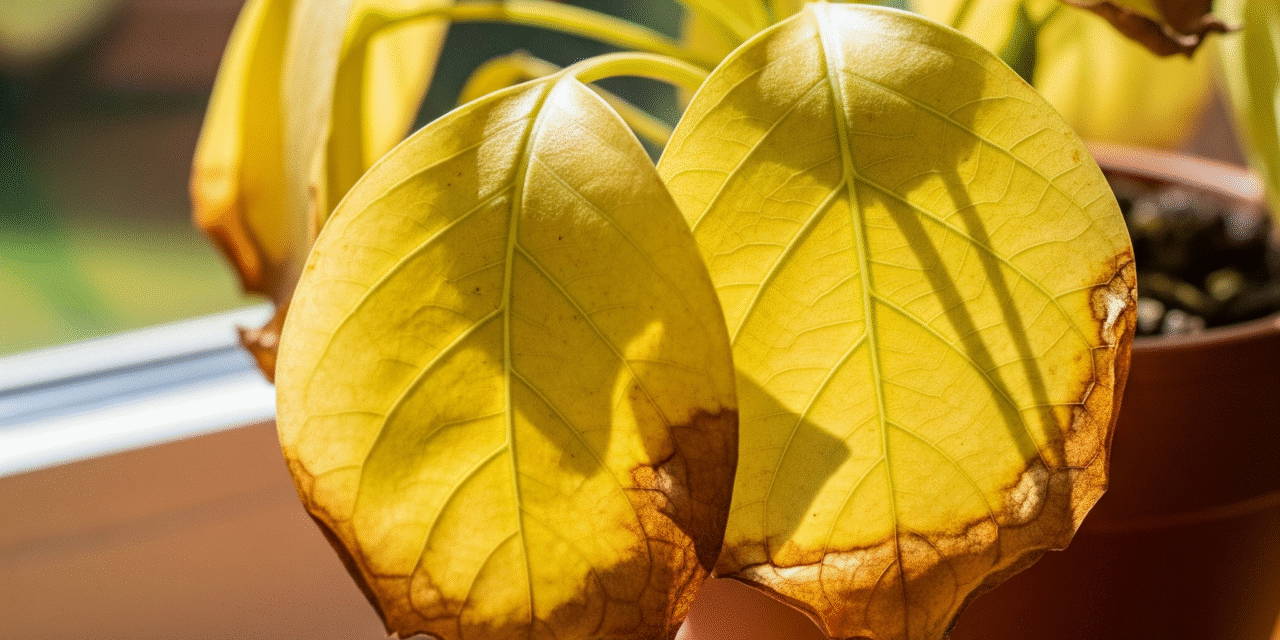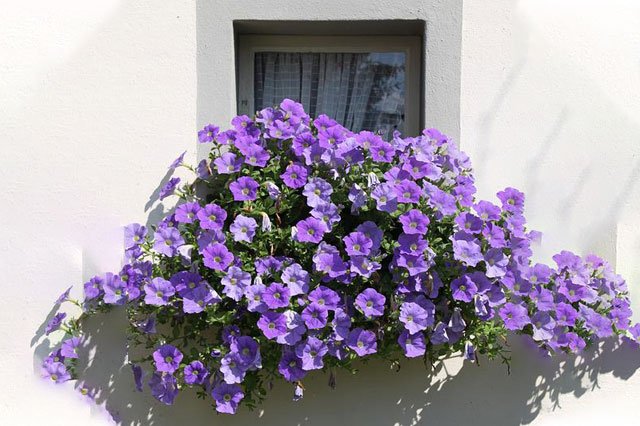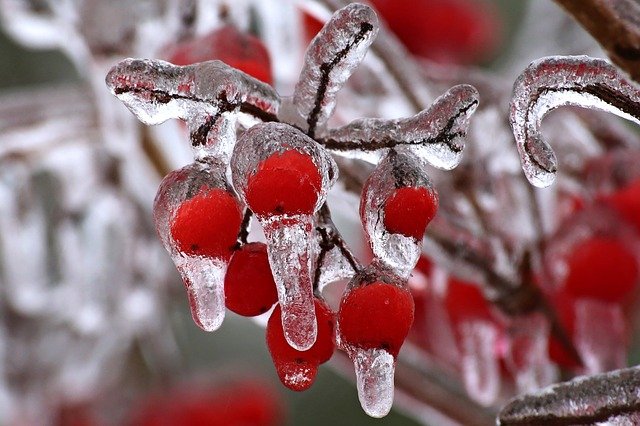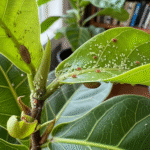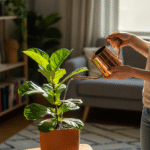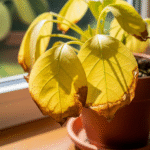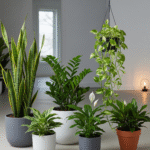Yellowing leaves are one of the most common concerns for plant lovers, often leaving them wondering what went wrong. While a few yellow leaves can be a normal part of growth, persistent discoloration usually signals stress or an underlying issue. From watering mistakes to nutrient deficiencies and environmental changes, many factors can affect leaf color. Understanding these causes is essential for successful Plant Care, helping you identify problems early and restore your plants to vibrant health.
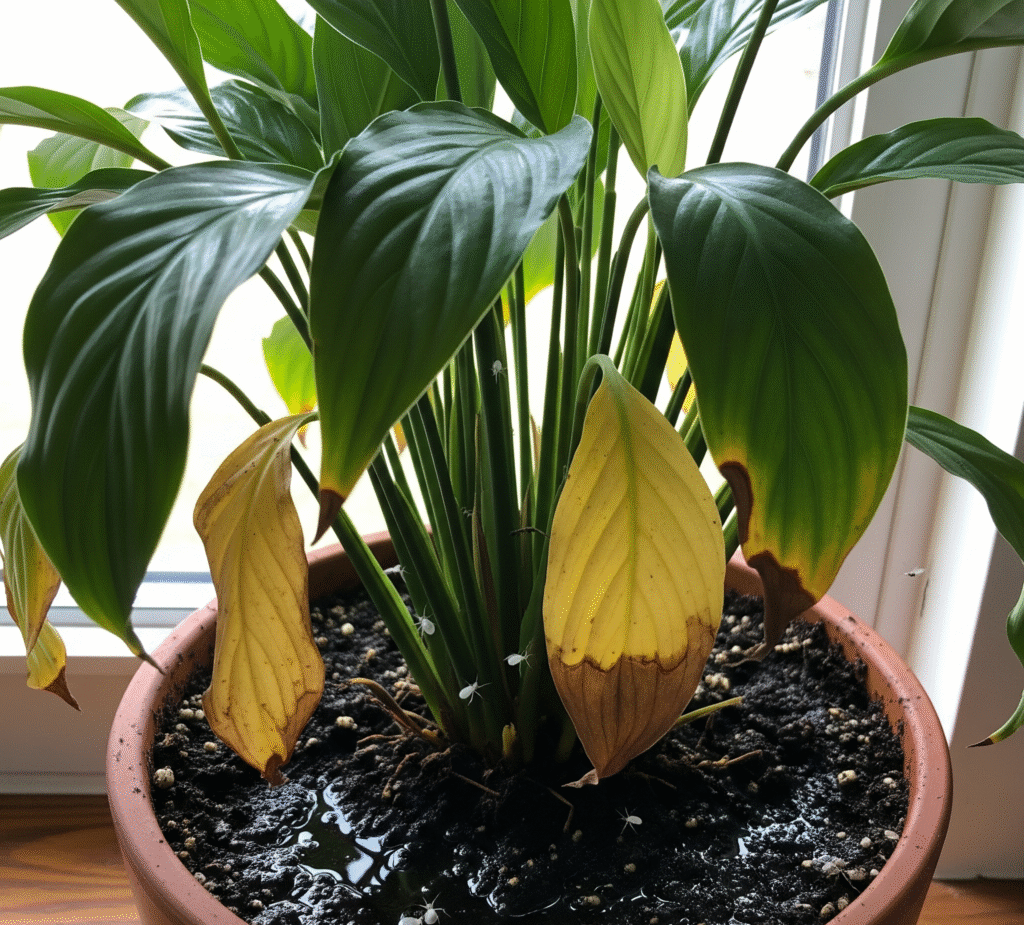
Overwatering
Overwatering is one of the most common reasons for yellowing leaves. When soil remains too wet for extended periods, plant roots are deprived of oxygen, leading to root rot and poor nutrient absorption. This causes leaves to lose their healthy green color and turn yellow. Good Plant Care practices include checking the soil moisture before watering and ensuring that pots have proper drainage holes.
To fix overwatering issues, allow the soil to dry out between watering sessions and remove any standing water from saucers or trays. In some cases, you may need to repot the plant into fresh, well-draining soil to save the roots. Consistent Plant Care means observing your plant’s water needs according to its species, season, and environment, ensuring it gets just the right amount of hydration without excess.
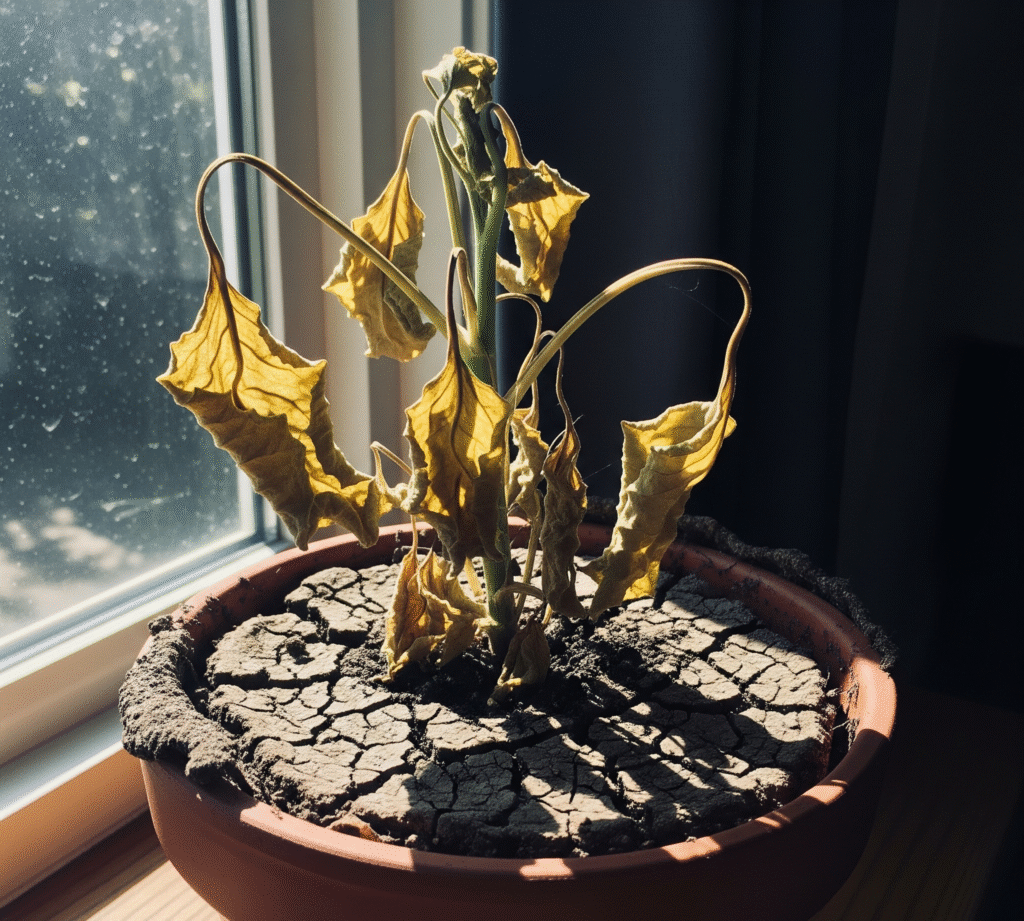
Underwatering
Underwatering can also cause plant leaves to turn yellow, often starting with dry, crispy edges before affecting the entire leaf. When a plant doesn’t get enough water, it cannot transport essential nutrients to its foliage, leading to discoloration and eventual leaf drop. Proper Plant Care involves regularly checking soil moisture and ensuring your plants are watered consistently, especially during hot or dry seasons.
To remedy underwatering, give your plant a deep soak, allowing water to reach the root zone rather than just wetting the surface. Using mulch for garden plants or a moisture-retaining potting mix for indoor plants can help maintain hydration. Consistent Plant Care means understanding your plant’s water requirements and adjusting your watering schedule based on climate, soil type, and plant size.
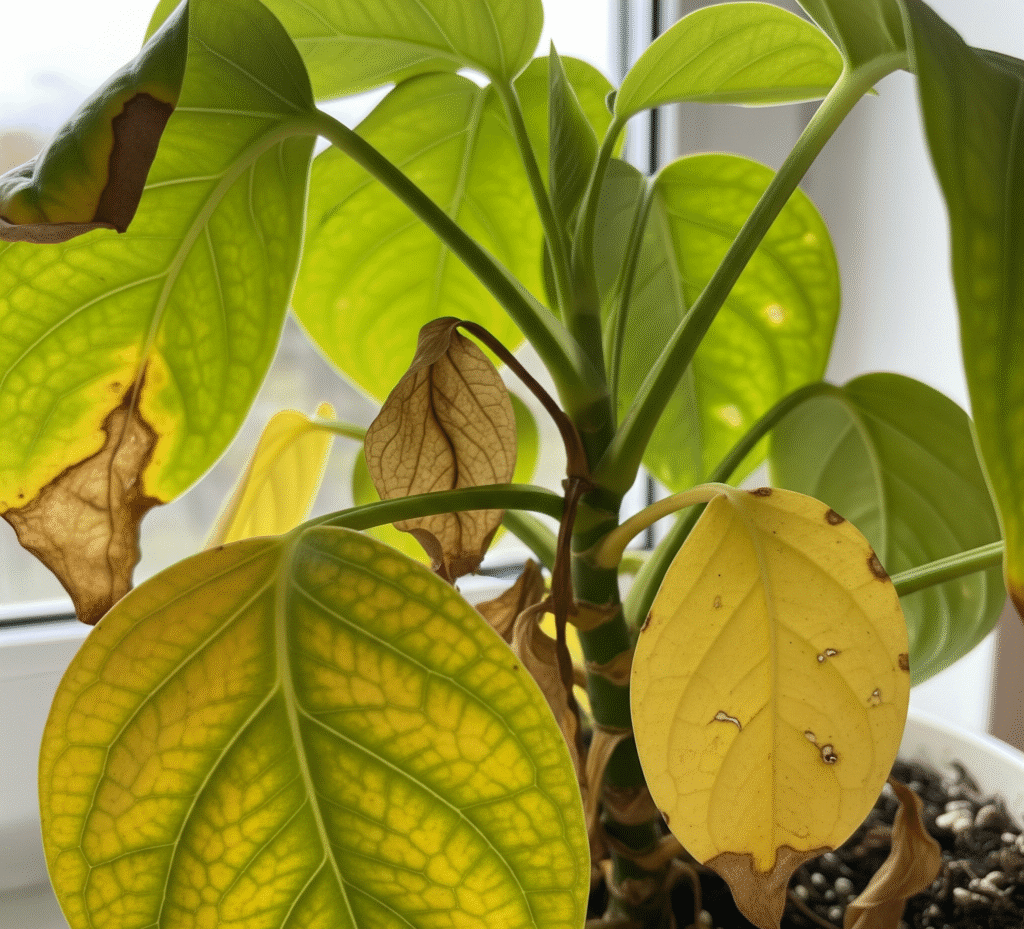
Lack of Nutrients
Lack of nutrients is a common reason for yellowing leaves, as plants need a balanced supply of essential minerals to maintain healthy growth. Deficiencies in nitrogen, iron, or magnesium often cause chlorosis, where leaves lose their green color and turn pale or yellow. Effective Plant Care includes recognizing these signs early and providing the right fertilizer to restore nutrient balance.
To fix nutrient deficiencies, choose a high-quality, balanced fertilizer or use a targeted supplement based on the missing nutrient. For potted plants, repotting with fresh, nutrient-rich soil can also help replenish what’s lost. Good Plant Care means feeding your plants regularly during their active growing season while avoiding over-fertilization, which can cause further damage.
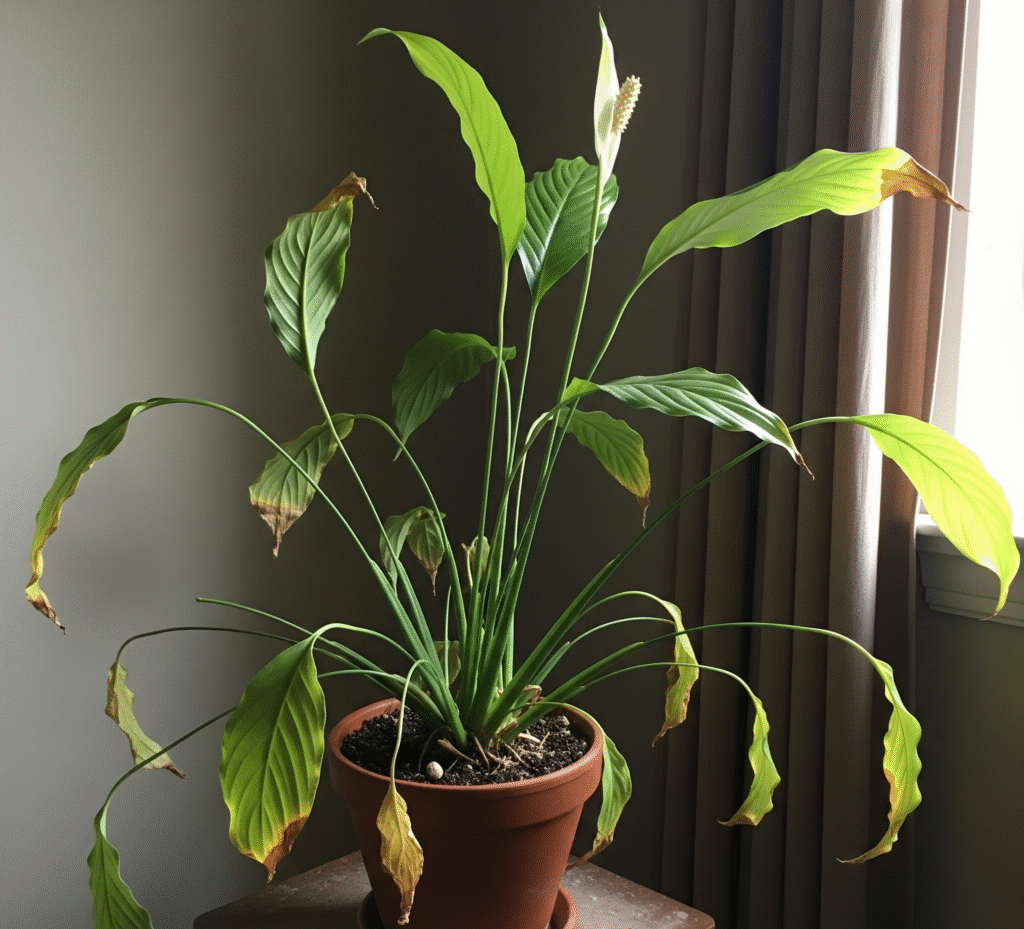
Poor Light Conditions
Poor light conditions can cause yellowing leaves because plants need sufficient sunlight to produce chlorophyll and stay vibrant. Without enough light, growth slows, leaves lose their rich green color, and the plant may become leggy. Proper Plant Care involves placing plants in a location where they receive the right amount of light based on their species’ needs, whether it’s direct sun or filtered light.
To address poor lighting, move your plant closer to a bright window or supplement with grow lights if natural sunlight is limited. For outdoor plants, trimming surrounding vegetation can allow more light to reach them. Consistent Plant Care means monitoring light exposure and adjusting placement as seasons change, ensuring your plants always get the light they need to thrive.
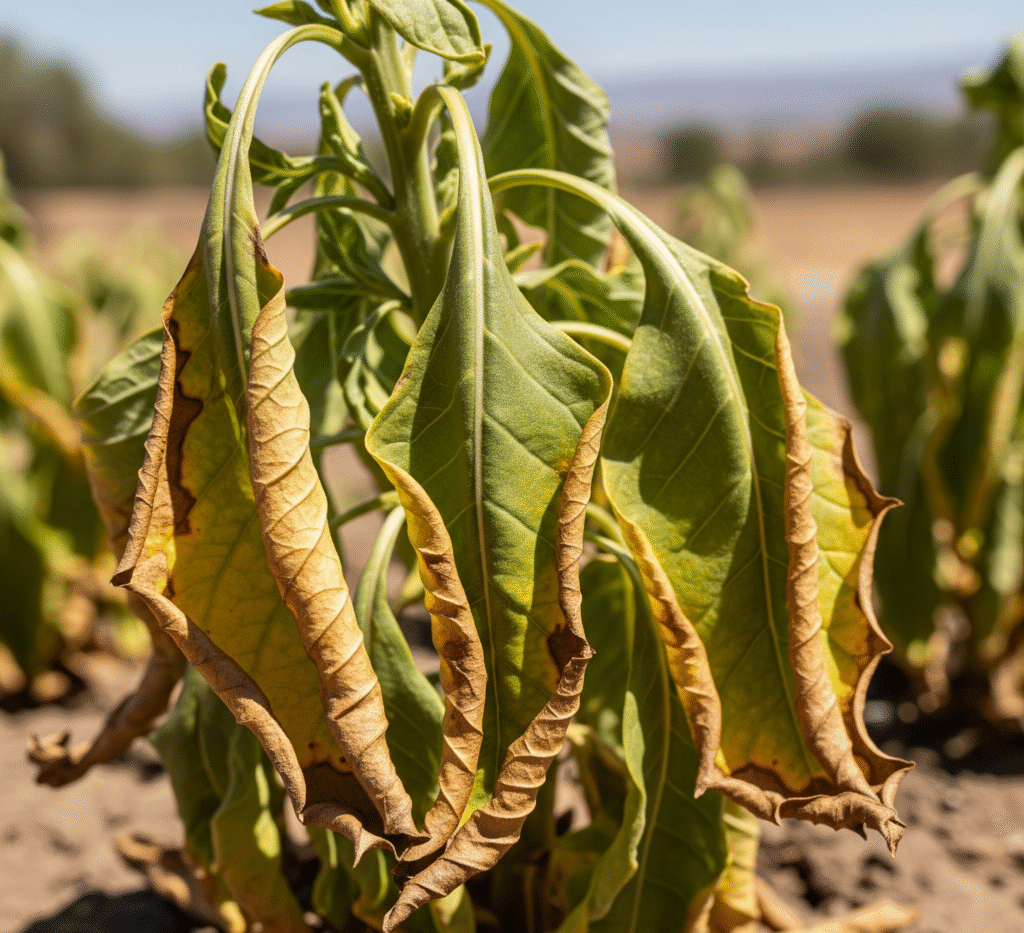
Temperature Stress
Temperature stress can quickly lead to yellowing leaves, especially if plants are exposed to sudden shifts in heat or cold. Extreme temperatures disrupt normal growth processes, causing foliage to weaken and lose its healthy color. Effective Plant Care involves keeping plants in a stable environment, away from cold drafts, heating vents, or intense midday sun.
To fix temperature-related issues, move sensitive plants to a more controlled location and protect them during seasonal changes. For outdoor plants, use frost cloths in winter or shade covers in summer to shield them from extremes. Consistent Plant Care means understanding your plant’s preferred temperature range and taking steps to maintain it year-round.
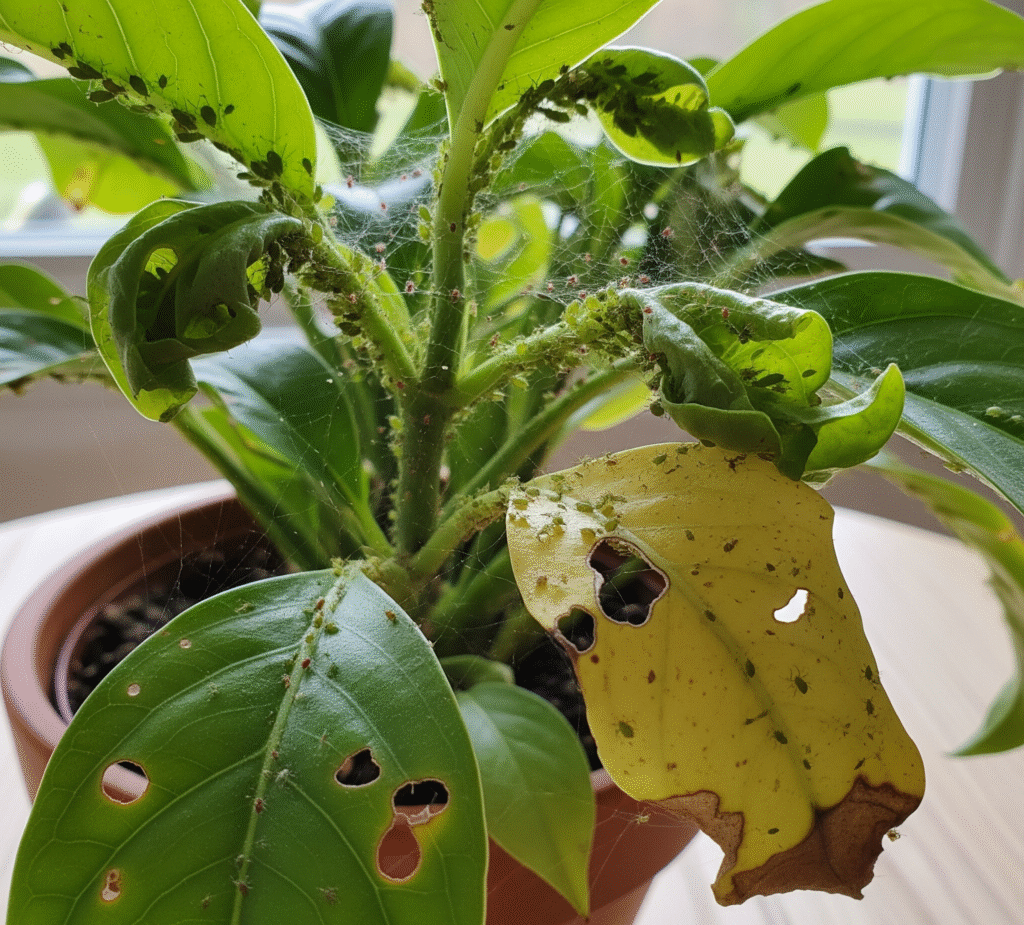
Pest Infestation
Pest infestation is another common cause of yellowing leaves, as insects like aphids, spider mites, and whiteflies feed on plant sap, weakening the plant and disrupting nutrient flow. This damage often appears as yellow patches, spots, or curling leaves. Good Plant Care involves inspecting plants regularly, especially the undersides of leaves, to catch pests early before they cause serious harm.
To control pests, remove them by hand, rinse leaves with water, or apply insecticidal soap or neem oil for natural treatment. In severe cases, isolating the affected plant can prevent the spread to others. Preventive Plant Care includes maintaining plant health through proper watering, feeding, and hygiene, as healthy plants are less vulnerable to pest attacks.
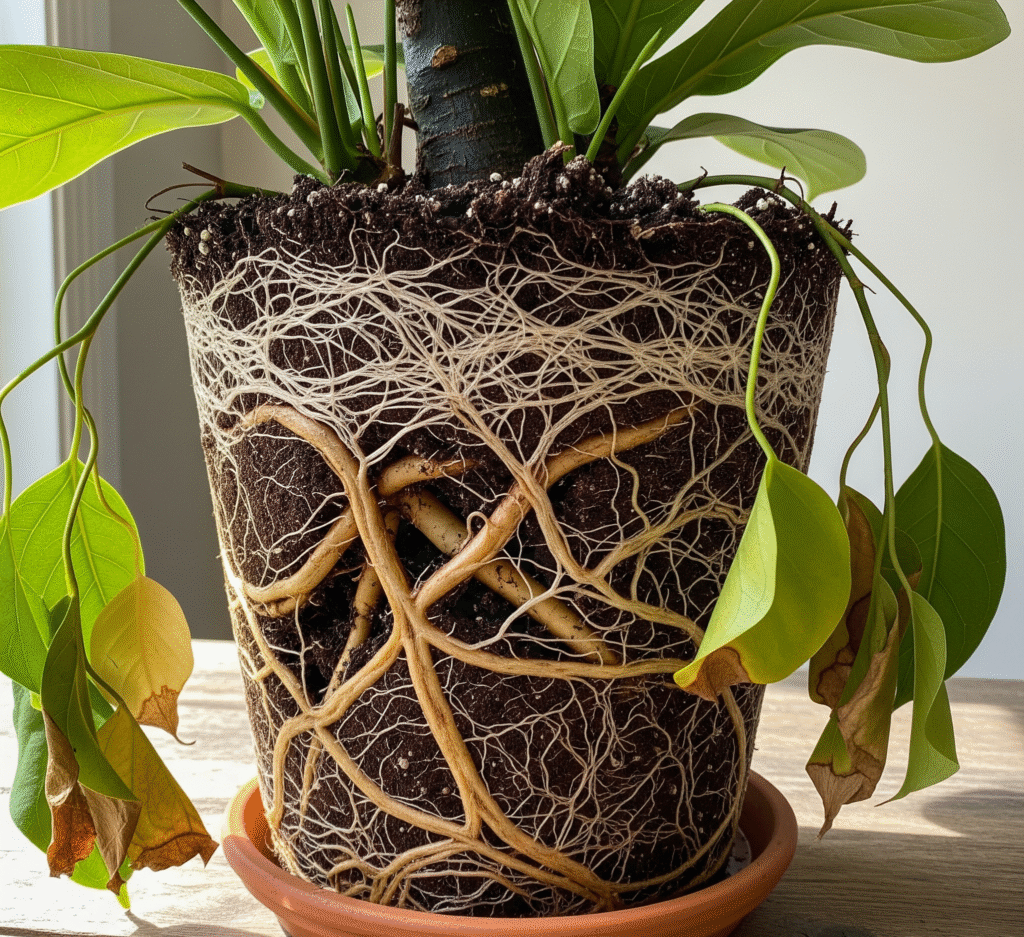
Root bound plants
Root bound plants occur when a plant has outgrown its container, causing the roots to circle tightly and limit their ability to absorb water and nutrients. This often leads to yellowing leaves, slowed growth, and a generally stressed appearance. Good Plant Care means checking your plants periodically to ensure they have enough room to grow and thrive.
To fix a root-bound issue, gently remove the plant from its pot and loosen the tangled roots before replanting it in a slightly larger container with fresh soil. This allows the roots to spread and access nutrients more efficiently. Preventive Plant Care includes repotting plants as needed and selecting the right container size to support healthy root development.
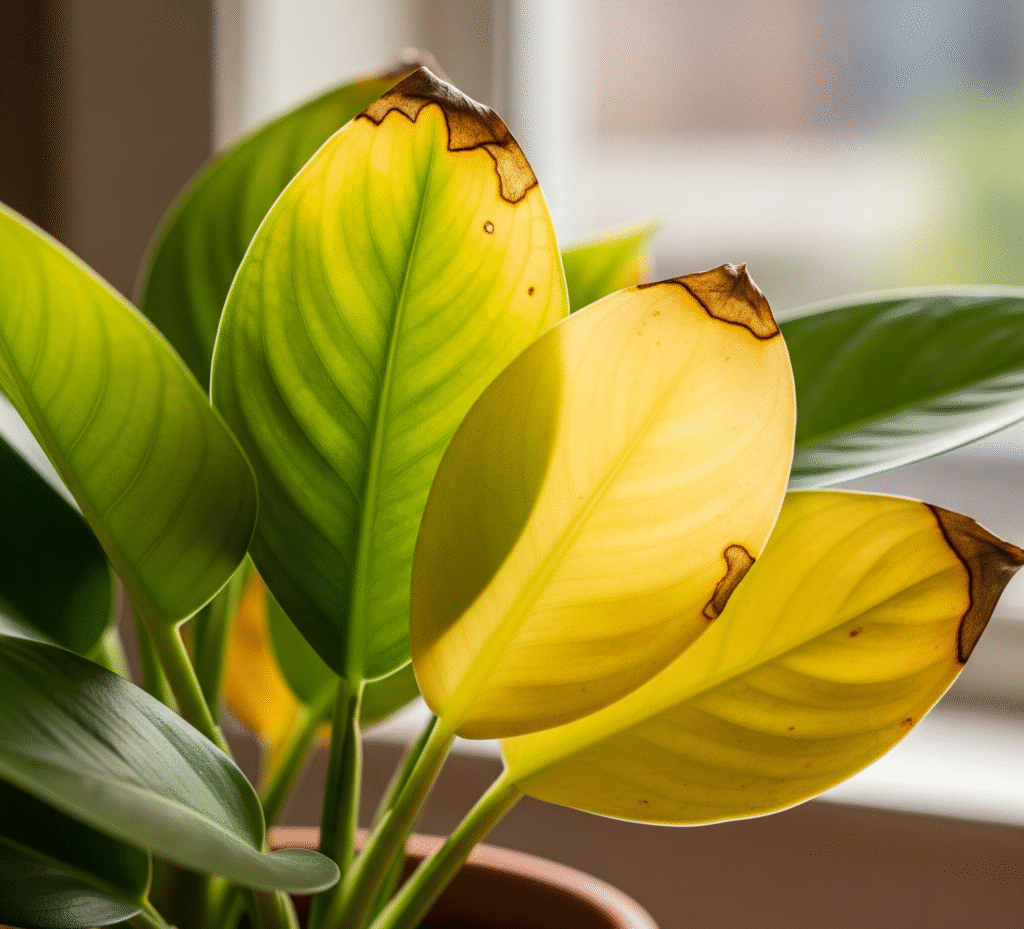
Natural aging
Natural aging is a normal process where older leaves turn yellow and eventually fall off as part of the plant’s life cycle. This usually happens to the lower leaves first, while new growth remains green and healthy. Good Plant Care means recognizing this natural process and not confusing it with signs of disease or poor maintenance.
To manage natural aging, simply prune away yellowed leaves to keep the plant looking tidy and to redirect energy toward new growth. This also helps improve airflow around the plant, reducing the risk of pests or fungus. Consistent Plant Care includes regular grooming and observing your plant’s growth patterns so you can distinguish natural changes from potential problems.
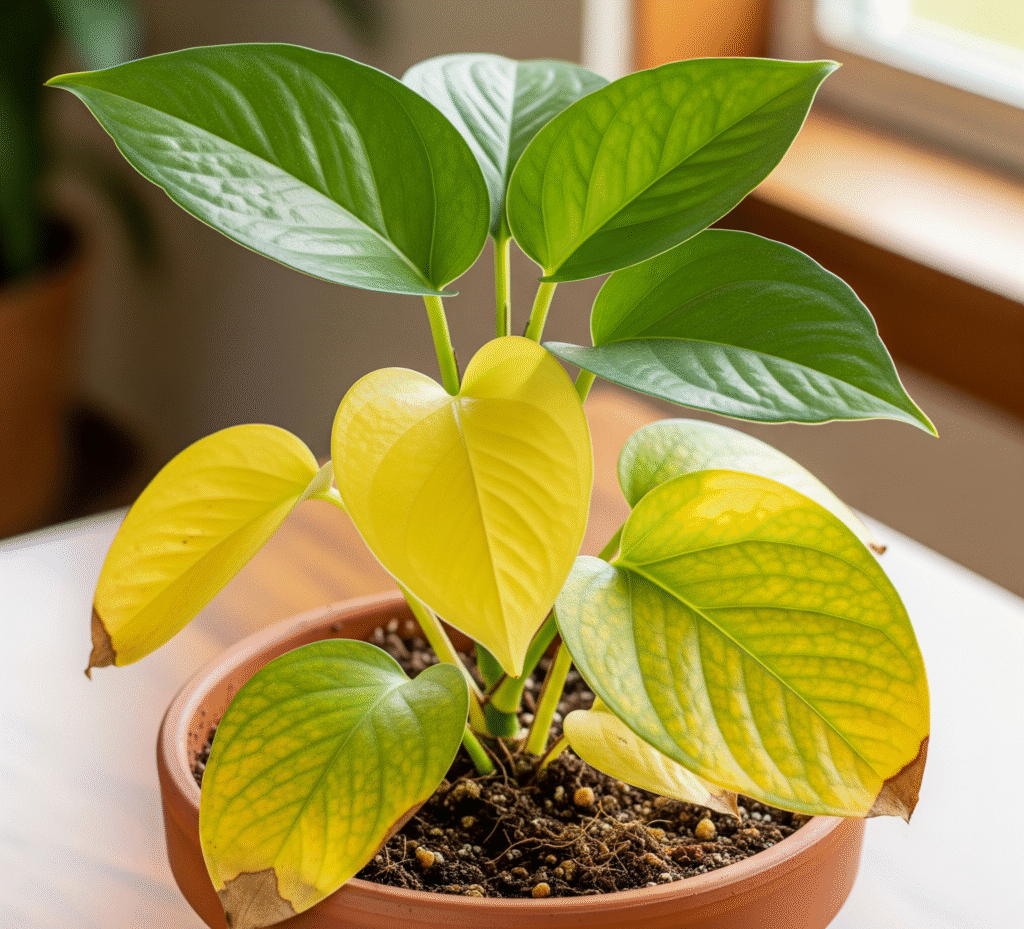
Incorrect Soil pH
Incorrect soil pH can cause yellowing leaves by preventing plants from absorbing essential nutrients, even if those nutrients are present in the soil. When the pH is too acidic or too alkaline, certain minerals like iron, nitrogen, and magnesium become unavailable to the plant. Proper Plant Care involves testing soil pH regularly, especially if you notice persistent yellowing despite regular feeding.
To fix pH imbalances, adjust the soil using lime to raise pH (make it less acidic) or sulfur to lower pH (make it more acidic), depending on your plant’s needs. For potted plants, replacing old soil with a fresh, balanced mix can also help. Effective Plant Care means understanding your plant’s preferred pH range and maintaining it to ensure steady nutrient absorption and healthy green foliage.
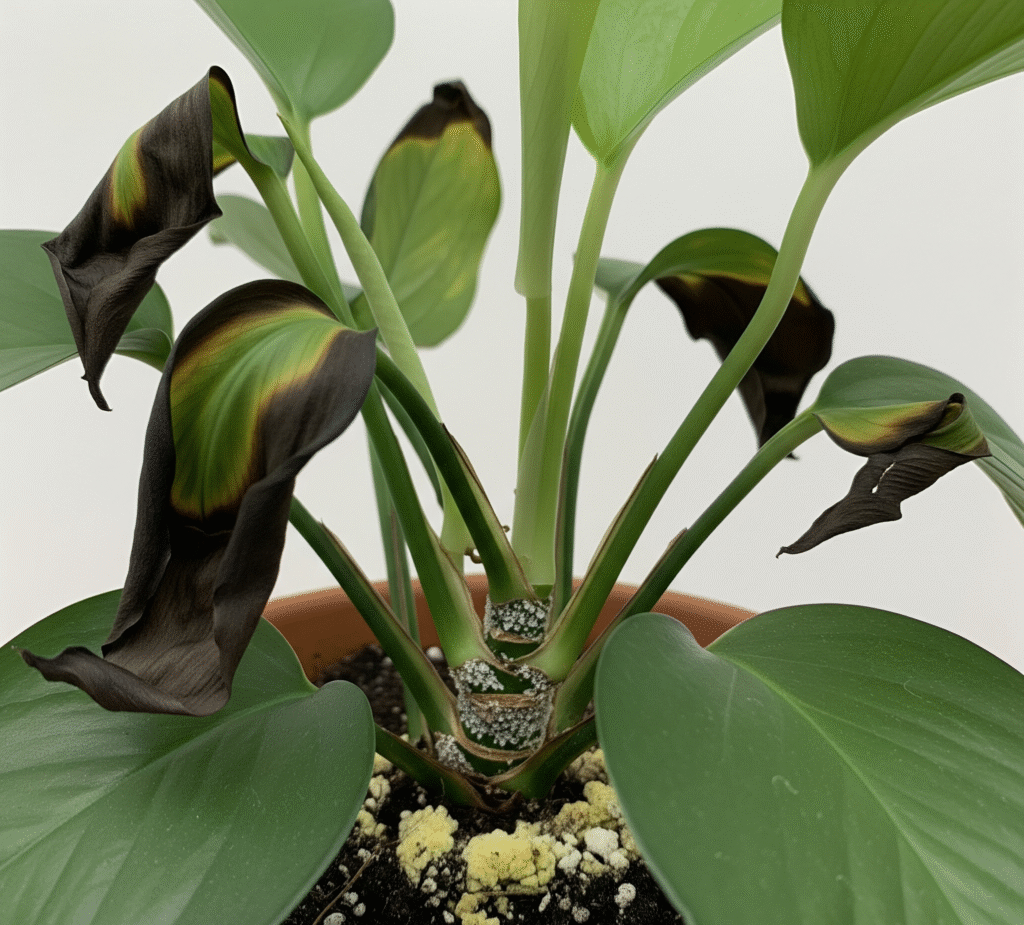
Overfertilizing
Overfertilizing can lead to yellowing leaves by causing a buildup of salts in the soil, which damages roots and disrupts nutrient uptake. This often results in leaf burn, browning tips, and discoloration, even though nutrients are technically present. Good Plant Care means following recommended fertilizer dosages and avoiding the temptation to overfeed in hopes of faster growth.
To fix overfertilization, flush the soil thoroughly with clean water to wash away excess salts, and avoid feeding the plant for a few weeks while it recovers. For severe cases, repotting into fresh soil may be necessary. Preventive Plant Care includes using a balanced fertilizer, feeding only during active growth periods, and monitoring plants for early signs of nutrient stress.

Transplant Shock
Transplant shock occurs when a plant is moved to a new location or repotted, causing stress that can lead to yellowing leaves and slowed growth. This happens because the roots are disturbed, and the plant needs time to adjust to its new environment. Effective Plant Care during this period means minimizing root damage and providing a stable setting to help the plant recover.
To reduce transplant shock, water the plant thoroughly after moving it, keep it in appropriate light conditions, and avoid fertilizing until new growth appears. In some cases, partial shading for outdoor plants can help ease the transition. Consistent Plant Care involves planning transplants carefully, handling roots gently, and giving the plant time to adapt before expecting vigorous growth.
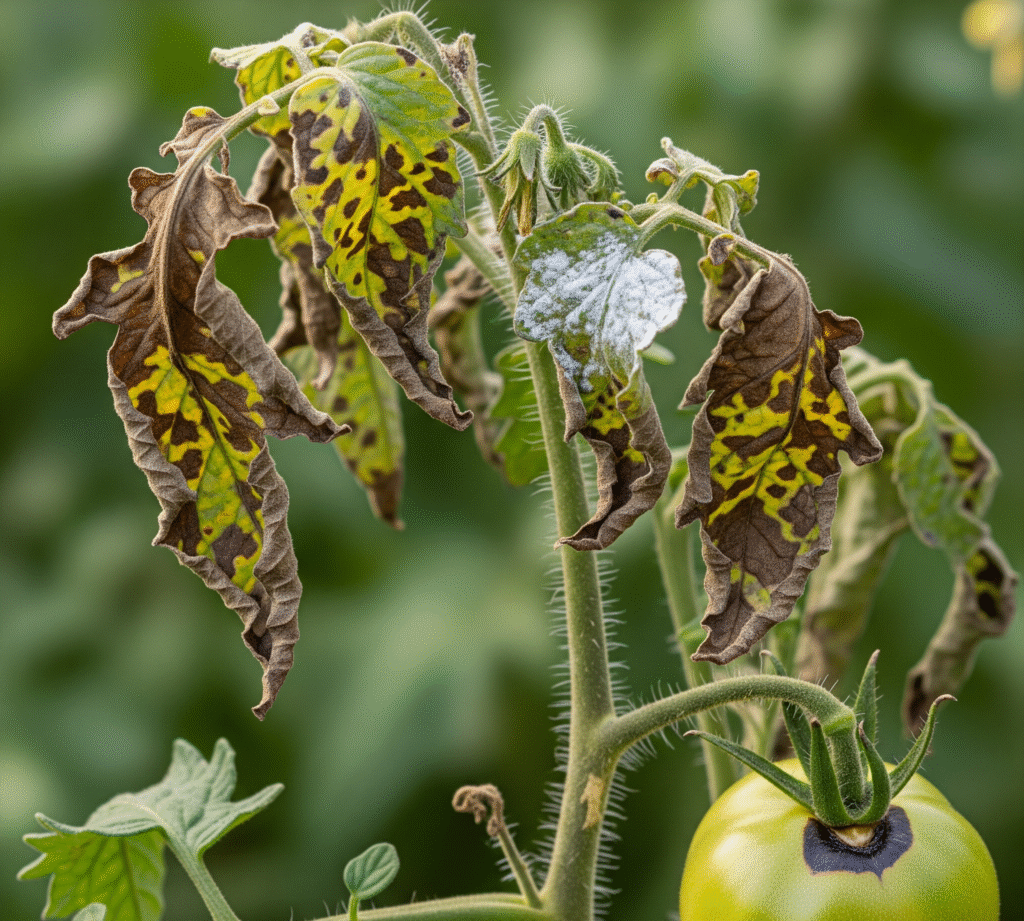
Disease Issues
Disease issues such as fungal infections, bacterial leaf spots, or root rot can cause leaves to yellow and weaken overall plant health. These problems often arise from overly damp conditions, poor air circulation, or contaminated soil. Good Plant Care means spotting symptoms early—such as yellow patches, dark spots, or mushy roots—and acting quickly to prevent the spread.
To manage plant diseases, remove affected leaves, improve airflow, and adjust watering to avoid excess moisture. Using appropriate fungicides or bactericides can help treat the problem, while sterilizing tools prevents reinfection. Preventive Plant Care includes keeping plants clean, avoiding overcrowding, and providing the right environment to reduce the risk of disease.
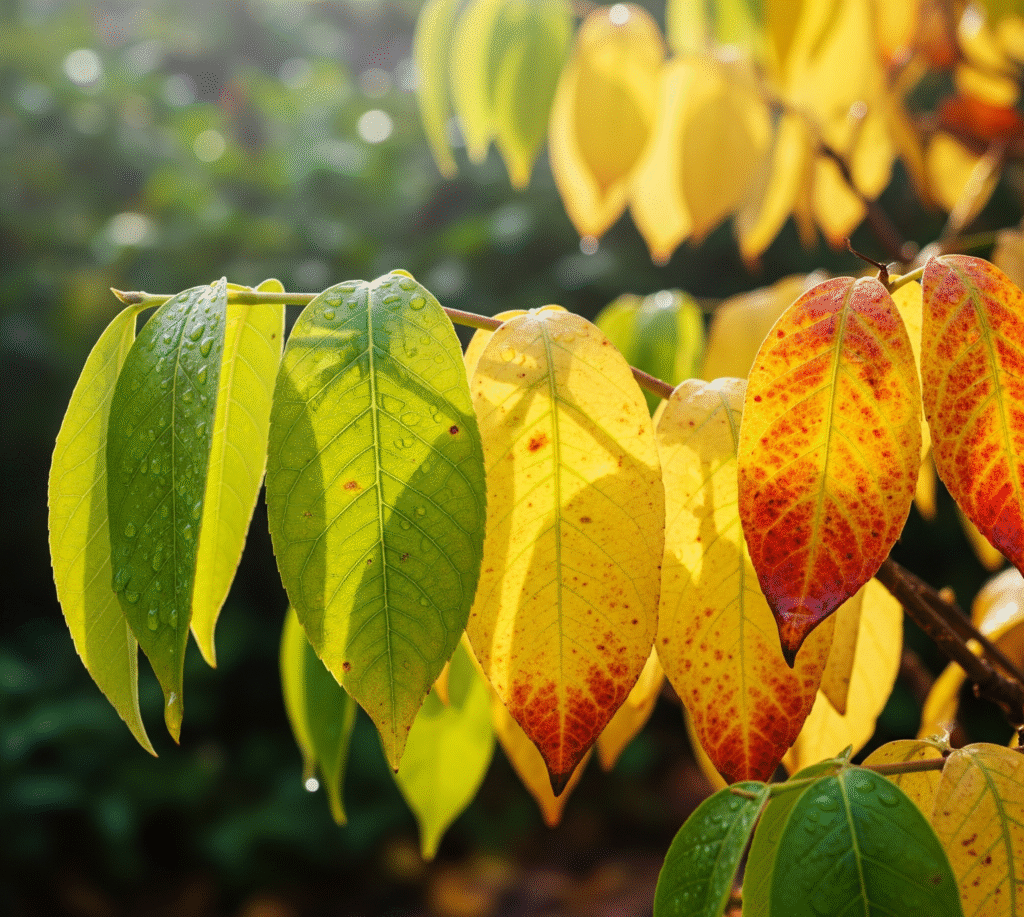
Seasonal Changes
Seasonal changes can naturally cause yellowing leaves, especially when plants enter dormancy or adjust to new light and temperature conditions. During autumn or winter, many plants slow their growth, shed older leaves, and conserve energy. Good Plant Care means recognizing these patterns and not mistaking them for signs of poor health.
To help plants during seasonal transitions, adjust watering, reduce fertilization, and ensure they still receive adequate light. For indoor plants, supplementing with grow lights can offset shorter daylight hours. Consistent Plant Care involves adapting routines to match the plant’s seasonal needs, supporting healthy growth when conditions improve.
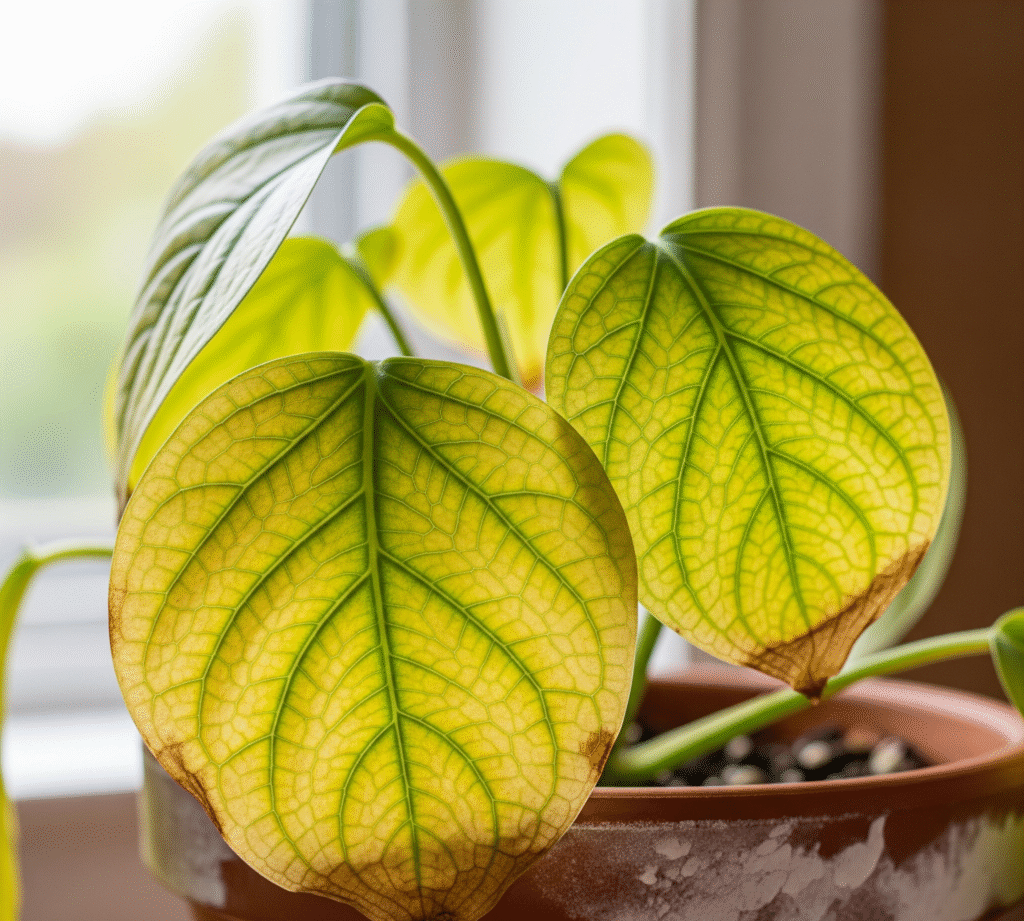
Water Quality
Water quality can play a major role in leaf yellowing, especially for plants sensitive to chlorine, fluoride, or high mineral content found in tap water. Over time, these substances can build up in the soil, affecting root health and nutrient absorption. Good Plant Care involves understanding your water source and making adjustments if your plants show signs of stress.
To improve water quality, consider using filtered, distilled, or rainwater for sensitive plants. Alternatively, let tap water sit out for 24 hours to allow chlorine to evaporate before use. Consistent Plant Care means providing clean, balanced water that supports healthy roots and vibrant foliage.
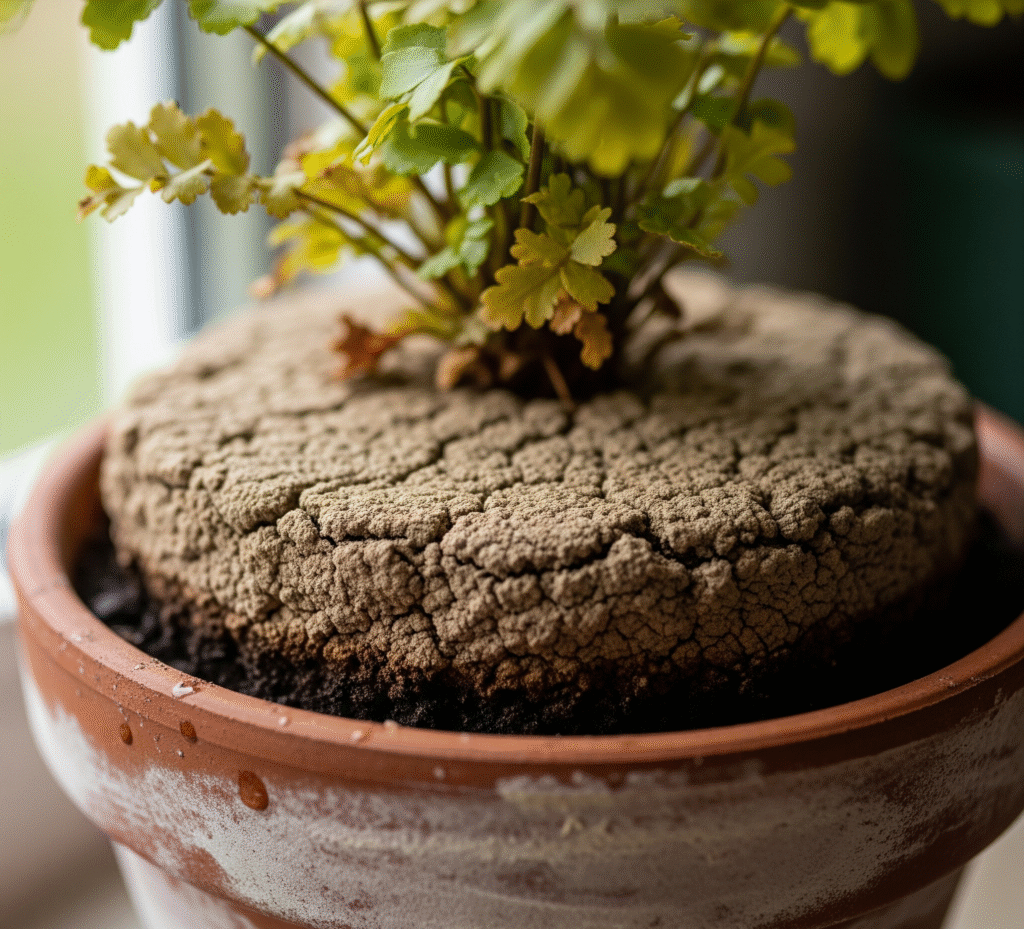
Compacted Soil
Compacted soil can lead to yellowing leaves by restricting airflow to the roots and preventing proper water drainage. When roots can’t access enough oxygen or nutrients, the plant’s overall health declines, and foliage begins to lose its vibrant green color. Good Plant Care includes checking soil texture regularly and ensuring it remains loose and well-aerated.
To fix compacted soil, gently loosen it around the roots or repot the plant into a lighter, more breathable mix. For garden plants, adding compost or organic matter can improve structure and drainage. Preventive Plant Care involves avoiding over-tamping soil during planting and providing conditions that keep the root zone healthy and active.
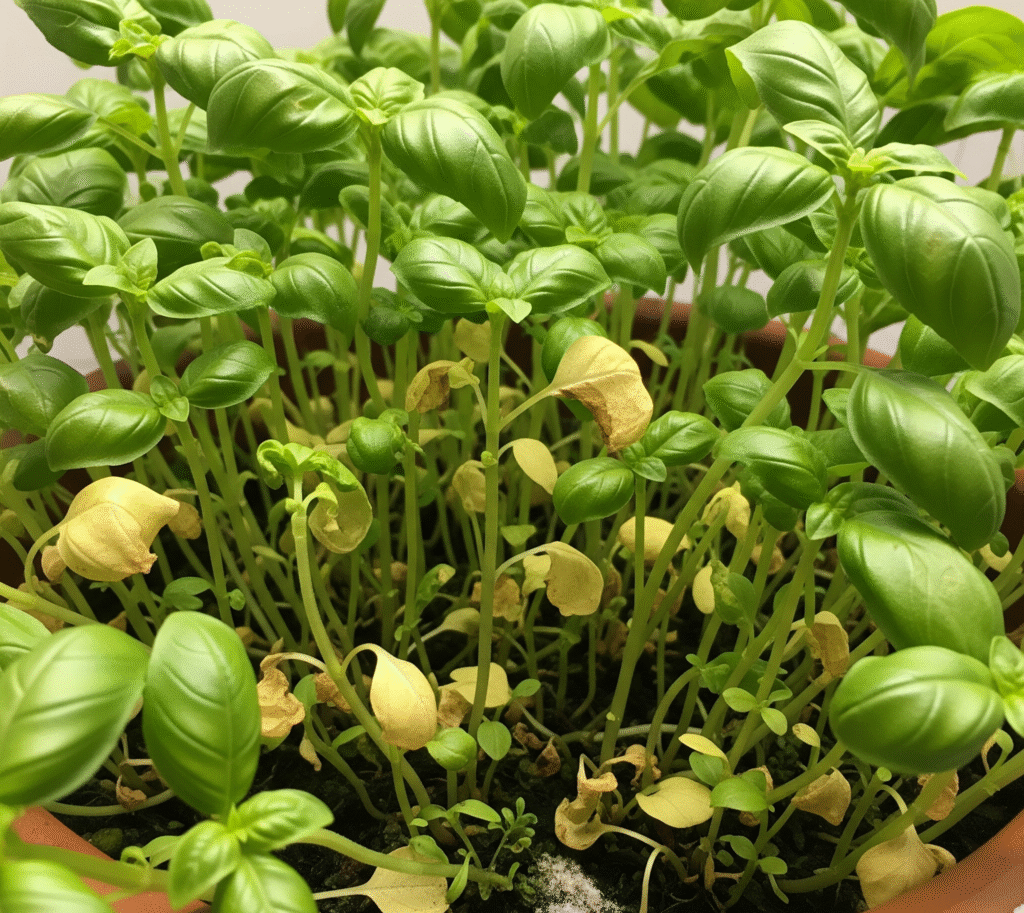
Overcrowding
Overcrowding can cause yellowing leaves when plants are placed too close together, competing for light, water, and nutrients. Limited airflow in crowded conditions also increases the risk of pests and diseases, further stressing the plants. Good Plant Care means giving each plant enough space to grow and thrive without unnecessary competition.
To fix overcrowding, thin out dense plantings or separate potted arrangements into individual containers. This improves light exposure, air circulation, and root health. Preventive Plant Care includes planning proper spacing during planting and regularly assessing growth to make adjustments before overcrowding becomes a problem.
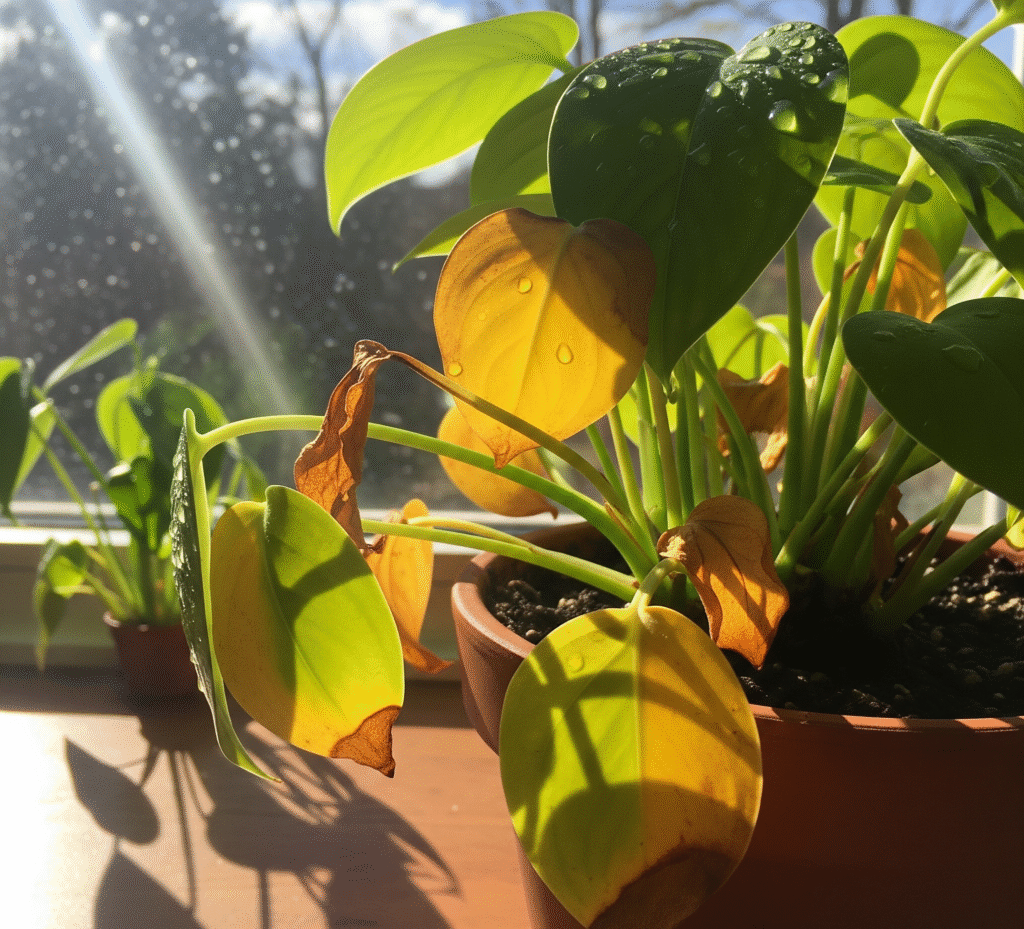
Hydration Fluctuations
Hydration fluctuations—alternating between periods of overwatering and underwatering—can stress plants and cause their leaves to turn yellow. These inconsistent moisture levels disrupt nutrient uptake and damage roots, leading to weakened growth. Good Plant Care means providing a steady watering routine that matches your plant’s specific needs.
To correct hydration fluctuations, monitor soil moisture regularly and water only when needed, ensuring it’s consistent over time. Using a moisture meter or creating a watering schedule can help maintain balance. Preventive Plant Care involves adjusting watering habits based on the season, plant type, and environmental conditions to keep foliage healthy and vibrant.
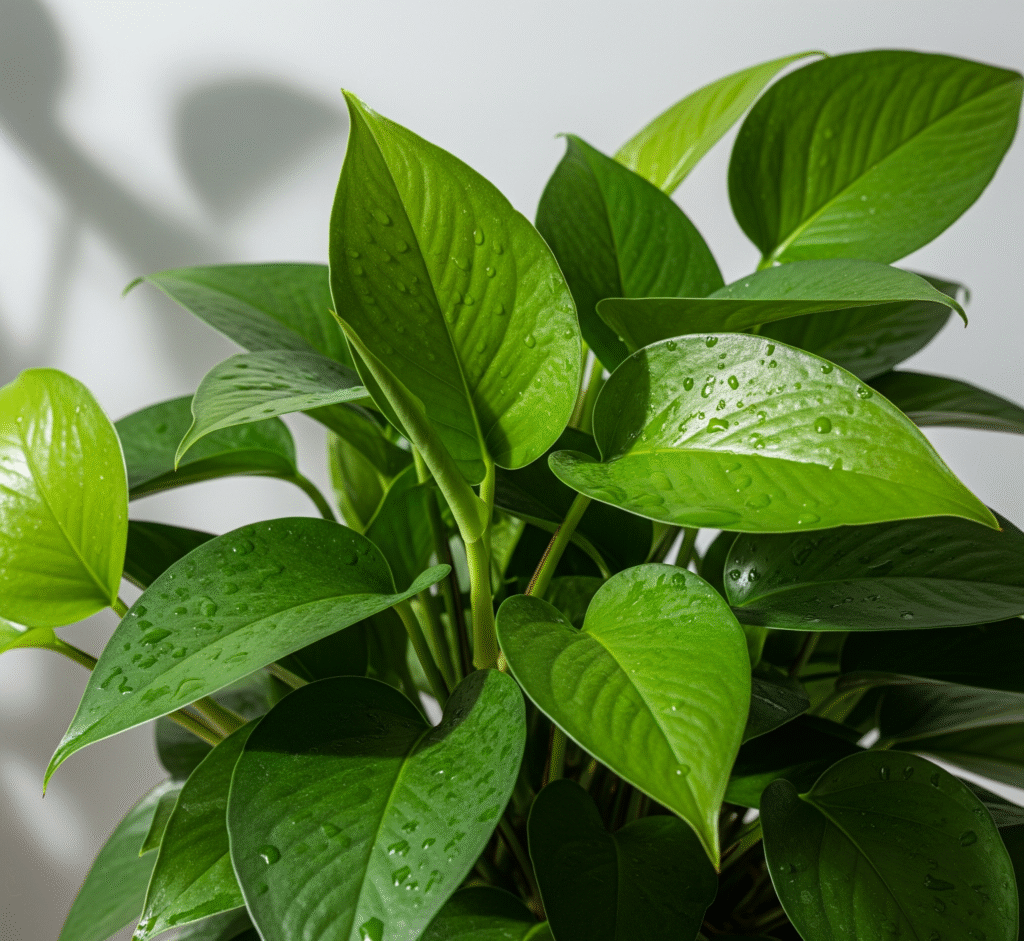
Final Tips for Preventing Yellow Leaves
- Always research the specific care requirements of your plant species.
- Regularly inspect plants for early signs of problems.
- Keep a watering log if you tend to over- or under-water.
- Maintain stable environmental conditions.
- Feed plants during their active growing seasons.
Yellow leaves are your plant’s way of communicating stress. By paying attention to the symptoms and understanding the underlying causes, you can quickly take action and restore your plant’s health. With proper care, those lush green leaves will return, and your plants will thrive for years to come.
Why are my indoor plant leaves turning yellow?
Indoor plant leaves can turn yellow due to overwatering, underwatering, lack of light, or nutrient deficiencies. Checking soil moisture, lighting conditions, and fertilizer use is key to
How do I fix yellow leaves caused by overwatering?
Allow the soil to dry out before watering again and make sure pots have drainage holes. Good Plant Care includes watering only when the top inch of soil feels dry.
Can lack of sunlight make plant leaves turn yellow?
Yes, poor light conditions reduce chlorophyll production, causing leaves to pale or yellow. Proper Plant Care involves moving plants to brighter spots or supplementing with grow lights.
Should I remove yellow leaves from my plants?
Yes, trimming yellow leaves helps the plant redirect energy to healthy growth and improves its appearance. As part of regular Plant Care, always use clean, sharp scissors when pruning.
What nutrients do plants need to prevent yellowing leaves?
Nitrogen, magnesium, and iron are crucial for maintaining green, healthy foliage. Balanced fertilization and attentive Plant Care ensure plants get the nutrients they need.

